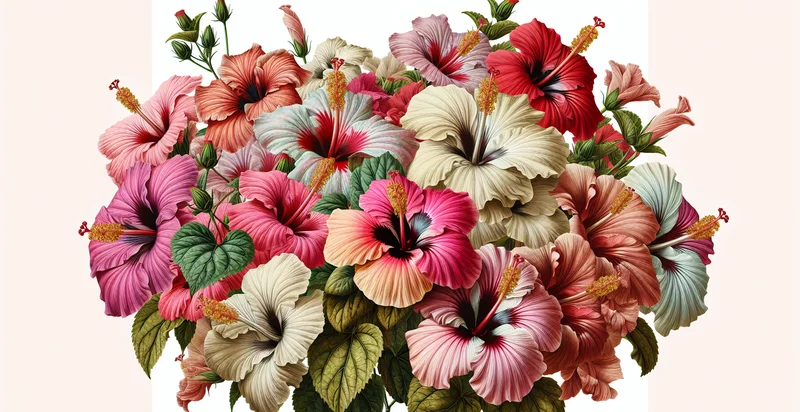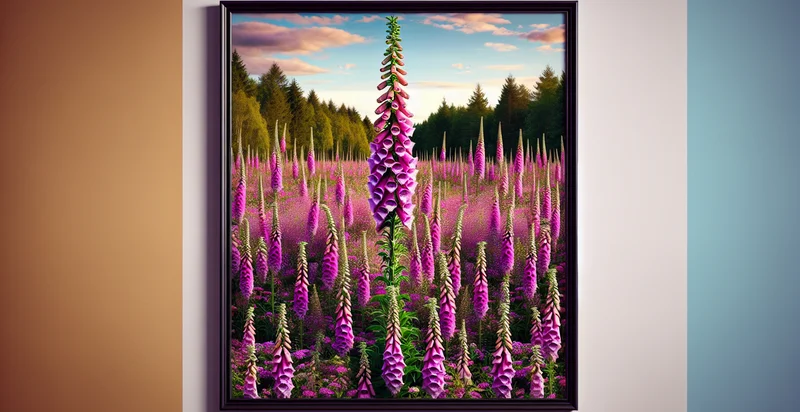Identify is this a columbine
using AI
Below is a free classifier to identify is this a columbine. Just upload your image, and our AI will predict if it's a columbine - in just seconds.


Contact us for API access
Or, use Nyckel to build highly-accurate custom classifiers in just minutes. No PhD required.
Get started
import nyckel
credentials = nyckel.Credentials("YOUR_CLIENT_ID", "YOUR_CLIENT_SECRET")
nyckel.invoke("is-this-a-columbine", "your_image_url", credentials)
fetch('https://www.nyckel.com/v1/functions/is-this-a-columbine/invoke', {
method: 'POST',
headers: {
'Authorization': 'Bearer ' + 'YOUR_BEARER_TOKEN',
'Content-Type': 'application/json',
},
body: JSON.stringify(
{"data": "your_image_url"}
)
})
.then(response => response.json())
.then(data => console.log(data));
curl -X POST \
-H "Content-Type: application/json" \
-H "Authorization: Bearer YOUR_BEARER_TOKEN" \
-d '{"data": "your_image_url"}' \
https://www.nyckel.com/v1/functions/is-this-a-columbine/invoke
How this classifier works
To start, upload your image. Our AI tool will then predict if it's a columbine.
This pretrained image model uses a Nyckel-created dataset and has 2 labels, including No This Is Not A Columbine and Yes This Is A Columbine.
We'll also show a confidence score (the higher the number, the more confident the AI model is around if it's a columbine).
Whether you're just curious or building is this a columbine detection into your application, we hope our classifier proves helpful.
Related Classifiers
Need to identify is this a columbine at scale?
Get API or Zapier access to this classifier for free. It's perfect for:
- Wildlife Conservation Efforts: Organizations focused on wildlife conservation can use the classifier to identify columbine species in various ecosystems. This data can help track populations, understand habitat preferences, and inform conservation strategies to protect these plants.
- Agricultural Management: Farmers and agricultural specialists can utilize the classifier to monitor the presence of columbines in crop fields. This information will enable them to manage weed growth effectively and ensure that the cultivation of desired crop species is optimized.
- Botanical Research: Botanists and researchers can apply the classifier in field studies to quickly categorize columbines during plant surveys. This technology will streamline data collection processes, allowing for more efficient research and analysis of plant diversity and health.
- Environmental Education: Educational institutions can integrate the classifier into programs about local flora, providing students with the ability to identify columbine plants in their natural surroundings. This hands-on learning experience can enhance engagement with botany and ecology topics.
- E-Commerce for Plants: Online nurseries and gardening platforms can use the classification function to ensure that customers receive the correct columbine species when ordering. Accurate identification aids in maintaining inventory integrity and enhancing customer satisfaction.
- Landscaping Services: Landscaping companies can employ the identifier to determine whether columbine species are present in a landscape design. By doing so, they can ensure the appropriate selection of complementary plants and maintain the intended aesthetic and ecological balance of their designs.
- Herbarium Collections: Museums and botanical gardens can utilize the classifier to catalog columbine specimens in their herbarium collections. This automated identification process helps maintain accurate records and makes access to plant data more efficient for researchers and the public.


